Home>Articles>What Is The Best Way To Roll/Fold An Electrical Cord
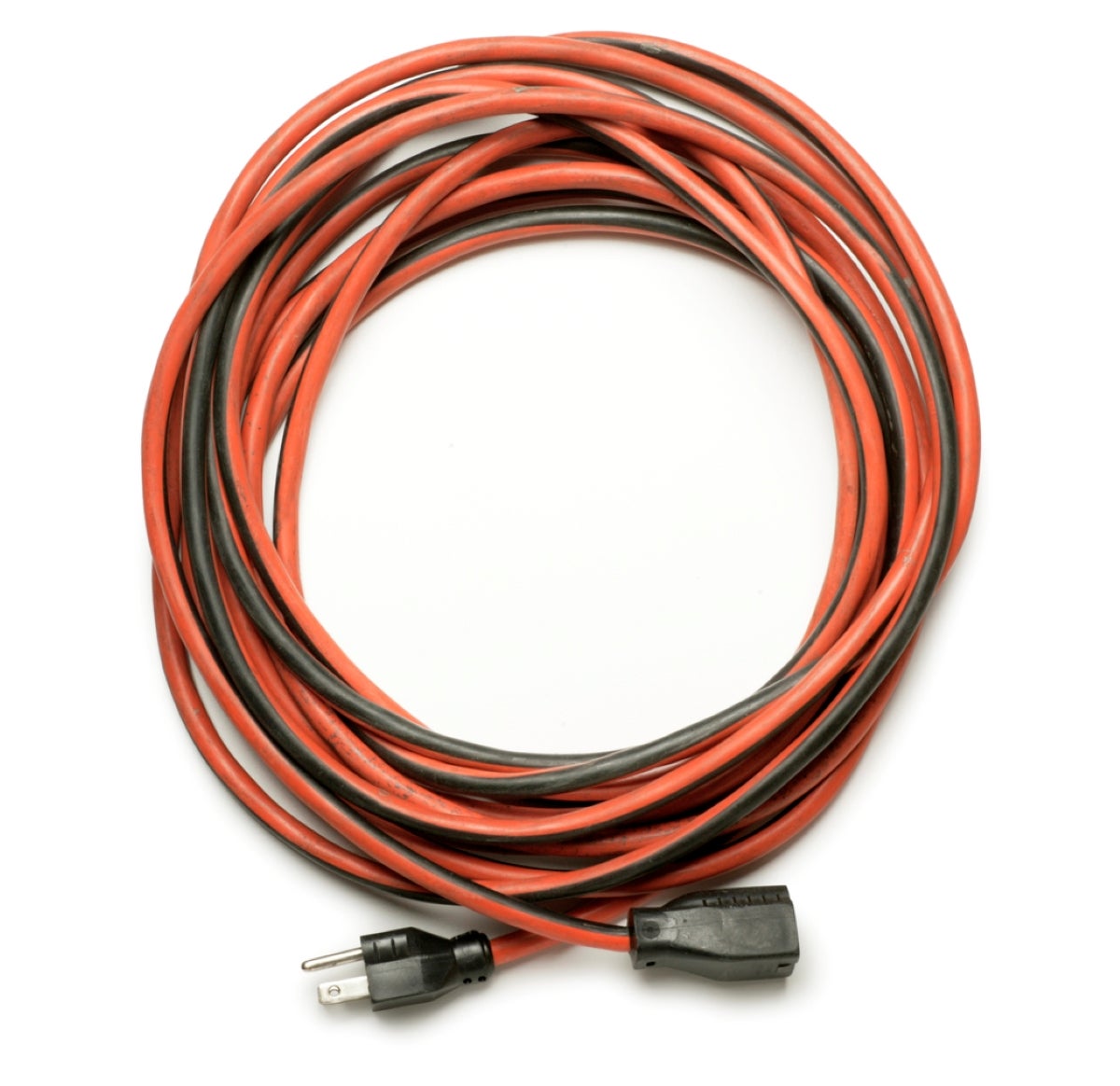

Articles
What Is The Best Way To Roll/Fold An Electrical Cord
Modified: September 2, 2024
Discover the best techniques for rolling or folding an electrical cord with this informative guide. Read more articles on cord organization and management.
(Many of the links in this article redirect to a specific reviewed product. Your purchase of these products through affiliate links helps to generate commission for Storables.com, at no extra cost. Learn more)
Introduction
Electrical cords are an essential part of our everyday lives. Whether it’s for powering our electronic devices or connecting appliances to outlets, electrical cords provide the necessary connection for electricity to flow. However, if not properly managed, cords can become tangled and twisted, making it cumbersome to unravel and causing potential tripping hazards.
That’s why knowing the best way to roll or fold an electrical cord is crucial. Not only does it keep cords organized and untangled, but it also prolongs their lifespan by preventing damage and wear. In this article, we will explore various methods for rolling and folding electrical cords, from the traditional over-under fold to more advanced cord management solutions.
So, let’s dive in and discover the best ways to keep your electrical cords neat, organized, and hassle-free!
Key Takeaways:
- Master the over-under fold for tangle-free cords and easy storage. Keep your space organized and hassle-free with this classic and effective rolling technique.
- Say goodbye to tangled cords and hello to a more organized lifestyle. From figure-eight folds to cord organizers, find the perfect method for your cord management needs.
Method 1: Over-Under Fold
The over-under fold is a classic method for rolling electrical cords and is widely used for its simplicity and effectiveness. Here’s how to do it:
-
Start by holding one end of the cord in your hand.
-
Extend your other arm out and hold the cord with your palm facing down.
-
Bring the end of the cord over your arm and make a loop.
-
Cross the cord under the loop and bring it around to create another loop.
-
Continue alternating between looping the cord over and under, creating a neat and compact coil.
-
When you reach the end of the cord, secure it with a twist tie or a rubber band.
The beauty of the over-under fold is that it prevents the cord from twisting and tangling when unwinding. By alternating the direction of each loop, it balances the twist and makes it easier to unravel without any knots or kinks.
Remember, it’s important to hold the cord in a slightly elevated position while folding to ensure a smooth and even coil. This technique works well for cords of all lengths, from short power cables to longer extension cords.
Using the over-under fold not only keeps your cord tangle-free but also makes it easier to store. You can hang it on a hook, place it in a drawer, or store it in a cord storage bag without worrying about a messy tangle when you need to use it again.
Now that you know how to master the over-under fold, let’s move on to our next method: the figure-eight fold.
Method 2: Figure-Eight Fold
The figure-eight fold is another effective technique for rolling electrical cords. It is particularly useful for longer cords or cables, as it allows for easy storage and prevents tangling. Here’s how to do the figure-eight fold:
-
Start by holding one end of the cord in your hand.
-
Create a large loop by folding the cord in half.
-
Now, fold the loop in half again, making the shape of the number eight.
-
Continue folding the cord in the figure-eight pattern until you reach the end.
-
Secure the folded cord with a twist tie or a Velcro strap to keep it in place.
The figure-eight fold is not only visually appealing but also practical. It allows you to easily unwind the cord by pulling from the center of the figure-eight, ensuring a smooth and tangle-free unwinding process.
This folding technique is particularly useful for longer cords, such as extension cords or audio cables, as it helps to distribute any twists or kinks more evenly along the length of the cord. This prevents unnecessary strain on the wires and connectors, prolonging the lifespan of the cord.
To store the figure-eight folded cord, you can hang it on a hook or store it in a cable organizer. Alternatively, you can place it in a bag or drawer without worrying about tangles or knots when you need to use it again.
Now that you’ve mastered the figure-eight fold, let’s explore another method: the twist and loop roll.
Method 3: Twist and Loop Roll
The twist and loop roll is a convenient method for rolling electrical cords, especially when you need to quickly secure them for storage or transportation. This technique is simple yet effective, ensuring that your cords stay compact and tangle-free. Here’s how to do the twist and loop roll:
-
Start by holding one end of the cord in your hand.
-
Begin twisting the cord in one direction until it forms a tight spiral.
-
Once you have twisted the entire length of the cord, fold it in half.
-
Make a loop with the folded end and bring it through the center of the spiral.
-
Pull the loop tight to secure the roll.
The twist and loop roll is a great option when you need a compact and manageable coil. It is particularly useful for shorter cords, such as those for small appliances or power tools. This technique not only keeps the cord organized but also allows for easy transportation and storage.
When you need to unwind the cord, simply hold onto the loop and pull it out. The spiral will easily unwind without any tangles or knots, ready for use.
For added convenience, you can use a cord organizer or a cable tie to secure the twisted and looped cord. This will help keep it neatly rolled and prevent any accidental unraveling.
The twist and loop roll is a versatile method that can be applied to various cord types and lengths. Whether you’re working with electrical cords, charging cables, or even headphones, this technique will help keep them organized and ready for use.
Now that you’ve learned the twist and loop roll, let’s move on to our next method: the tri-fold.
Method 4: Tri-fold
The tri-fold method is a simple and effective way to fold electrical cords, especially for shorter cords that need to be stored or transported. This technique creates a compact and easy-to-manage bundle. Here’s how to do the tri-fold:
-
Start by holding one end of the cord in your hand.
-
Fold the cord in half, bringing one end towards the other.
-
Next, fold the two ends together again, creating a smaller loop.
-
Finally, fold the loop in half one more time, creating a compact tri-fold bundle.
The tri-fold method is particularly useful for cords that are shorter in length, such as phone chargers or USB cables. It allows for easy storage in small spaces, like pockets or bags, without the risk of tangles or knots.
To secure the tri-folded cord, you can use a twist tie, a Velcro strap, or simply hold it together with your hand. The folded design of the cord itself helps to keep it in place, making it convenient to grab and use when needed.
When it’s time to unwind the cord, simply hold onto one end and unfold it. The tri-fold design ensures that the cord easily extends without any tangles or twists.
The tri-fold method is not only simple but also versatile. It can be applied to various types of cords and cables, making it a practical folding technique for everyday use.
Now that you’ve mastered the tri-fold, let’s explore another method: the Velcro strap roll.
When rolling an electrical cord, start by holding one end in each hand and then make large loops, alternating the direction of each loop to prevent tangling. When folding, use the over-under method to prevent kinks and tangles.
Read more: What Is An Electrical Cord?
Method 5: Velcro Strap Roll
The Velcro strap roll is a convenient and customizable method for organizing and storing electrical cords of all sizes. With the help of Velcro straps or cable ties, this technique allows for easy bundling and securing of cords. Here’s how to do the Velcro strap roll:
-
Start by gathering the loose end of the cord.
-
Wrap the cord around your hand, leaving a small loop at one end.
-
Secure the loop by wrapping a Velcro strap or cable tie around it, making sure it’s tight enough to hold the cord in place.
-
Continue wrapping the cord around your hand, making overlapping loops.
-
After you’ve wrapped the entire length of the cord, secure the bundle with another Velcro strap or cable tie.
The Velcro strap roll method is highly customizable. You can adjust the tightness and the number of loops based on the length and thickness of the cord. Additionally, using Velcro straps allows for easy removal and rearrangement of individual cords without disturbing the rest of the bundle.
This method is particularly useful for organizing multiple cords, such as those from a computer setup or entertainment system. By bundling them together with Velcro straps, you can keep them neat, untangled, and easy to identify.
The Velcro strap roll is not only efficient for storage but also for transportation. The secured bundle can be easily carried or stored in a bag or drawer, without the risk of cords getting tangled or damaged.
When it’s time to use the cord, simply release the Velcro straps and unroll the desired length. The Velcro straps can be easily reattached, allowing for quick and hassle-free reorganization.
Now that you’ve learned the Velcro strap roll method, let’s move on to our next method: using a cord reel.
Method 6: Cord Reel
The cord reel is a specialized tool designed for efficient cord management and storage. It provides a convenient way to keep electrical cords organized, untangled, and easily accessible. Here’s how to use a cord reel:
-
Start by holding one end of the cord.
-
Unwind the cord from the reel, ensuring it remains free from twists or tangles.
-
As you unwind the cord, guide it through the guide holes or hooks on the reel.
-
Once the desired length of cord is unwound, disconnect it from the power source or appliance.
-
To rewind the cord, hold onto the end and turn the reel’s handle or use the built-in winding mechanism.
-
Guide the cord back onto the reel, ensuring it is evenly spaced and free from twists.
-
Secure the end of the cord using the cord reel’s built-in clips or hooks.
Cord reels come in various sizes and designs, including handheld reels, plug-in reels, and mounted reels. They are especially useful for longer cords, such as extension cables or garden hoses, where manual rolling can be time-consuming and prone to tangles.
Using a cord reel not only simplifies the process of rolling and unrolling cords but also protects them from damage. The reel provides a safe and organized storage solution, reducing the risk of knots, kinks, or tripping hazards.
When choosing a cord reel, consider factors such as the length and thickness of the cords you will be working with, as well as the ease of use and durability of the reel itself. Investing in a high-quality cord reel will ensure long-term convenience and protection for your cords.
Now that you’re familiar with the cord reel method, let’s explore our final method: using a cord organizer.
Method 7: Cord Organizer
A cord organizer is a versatile solution for managing and storing electrical cords of all sizes. It provides a streamlined and efficient way to keep cords organized, untangled, and easily accessible. Here’s how to use a cord organizer:
-
Start by gathering the loose end of the cord.
-
Insert the cord into the designated slot or opening of the cord organizer.
-
Slide or wrap the cord through the organizer, keeping it secure and neatly arranged.
-
Continue feeding the cord through the organizer until you reach the desired length.
-
To remove the cord, simply untangle and slide it out of the organizer.
Cord organizers come in various forms, such as cable clips, cable sleeves, or cable boxes. They are particularly useful for managing cords around desks, entertainment systems, or power strips, where multiple cords need to be organized in a confined space.
Using a cord organizer not only eliminates the hassle of tangled cords but also provides a cleaner and safer environment by reducing tripping hazards. It also makes it easier to identify and access specific cords when needed.
When choosing a cord organizer, consider factors such as the number of cords it can accommodate, its durability, and its compatibility with different cord sizes. Some organizers offer additional features like adhesive backing or color-coding options to further enhance cord management.
Cord organizers are versatile tools that can be used in various settings, including offices, homes, and even travel situations. They provide a convenient and efficient solution for keeping cords organized and reducing clutter.
By utilizing a cord organizer, you can say goodbye to the frustration of tangled cords and enjoy a more organized and efficient workflow.
Now that you’re familiar with the cord organizer method, let’s summarize the various techniques we’ve explored.
Conclusion
Managing electrical cords efficiently is essential for maintaining a neat and organized space while also prolonging the lifespan of your cords. By utilizing various folding and rolling techniques, you can keep your cords untangled, easily accessible, and ready for use.
In this article, we explored several methods for rolling and folding electrical cords:
-
The over-under fold, a classic and effective technique to prevent twists and tangles.
-
The figure-eight fold, which is especially useful for longer cords and ensures smooth unwinding.
-
The twist and loop roll, ideal for quickly securing cords for storage or transportation.
-
The tri-fold, a simple method for shorter cords that allows for compact storage.
-
The Velcro strap roll, a customizable option for bundling and securing cords of any length.
-
The cord reel, a specialized tool for efficient cord management and easy storage.
-
The cord organizer, a versatile solution for keeping cords organized and accessible.
Each method offers its own advantages, catering to different cord lengths and storage requirements. Whether you prefer a traditional folding technique or invest in specialized cord management tools, the key is to find a method that works best for your needs.
Remember to always handle cords with care, avoiding sharp bends or stresses that may damage the wires. Additionally, labeling cords or utilizing color-coding techniques can help further streamline cord management and identification.
So, the next time you encounter a mess of tangled cords, take a few moments to implement one of these methods. Your cords will thank you for it, and you’ll enjoy a more organized and hassle-free space.
With these techniques in your arsenal, you are now equipped to conquer the challenge of managing electrical cords like a pro. Say goodbye to tangled cords and hello to a more organized and efficient lifestyle!
Frequently Asked Questions about What Is The Best Way To Roll/Fold An Electrical Cord
Was this page helpful?
At Storables.com, we guarantee accurate and reliable information. Our content, validated by Expert Board Contributors, is crafted following stringent Editorial Policies. We're committed to providing you with well-researched, expert-backed insights for all your informational needs.
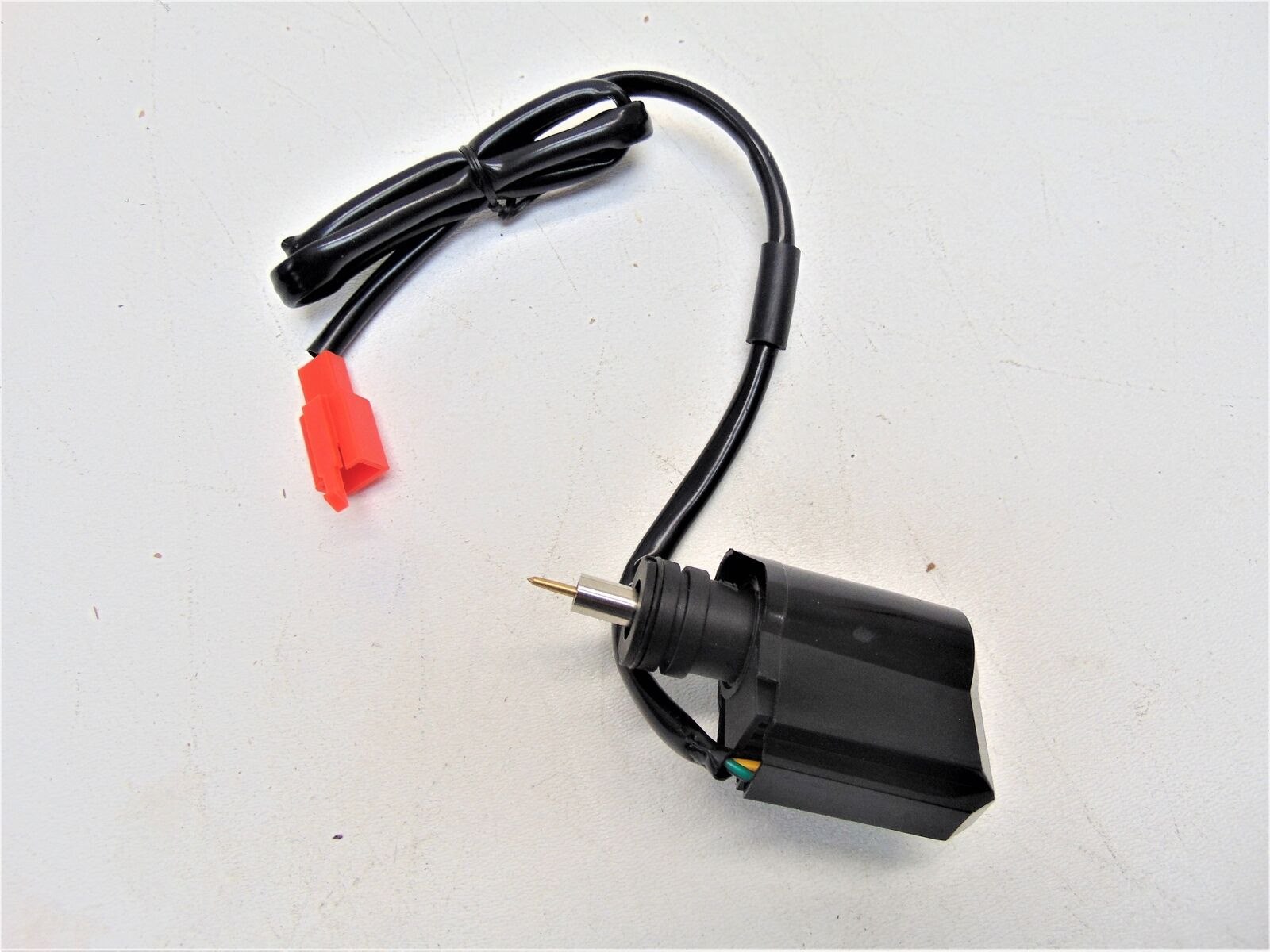
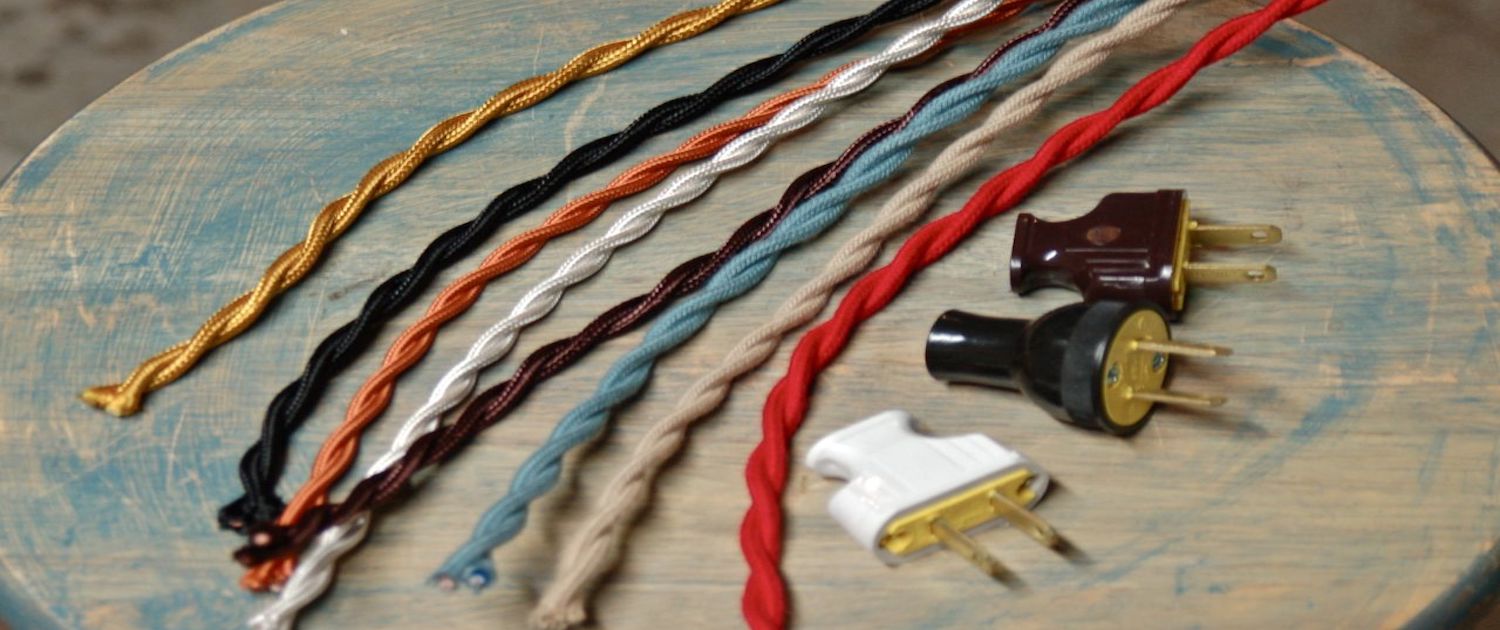
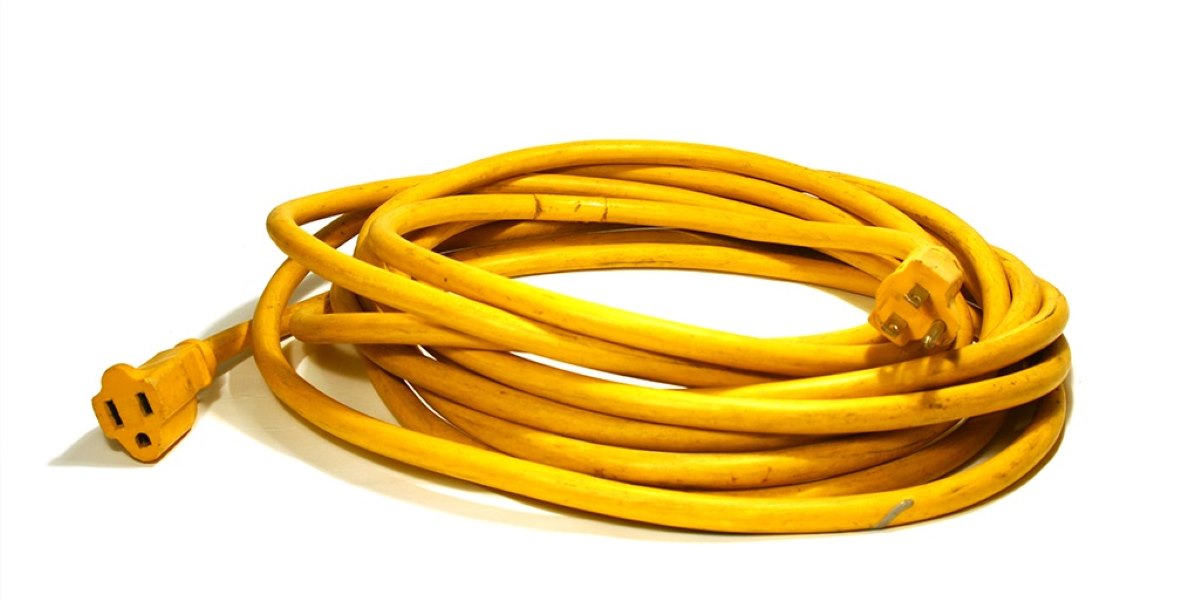
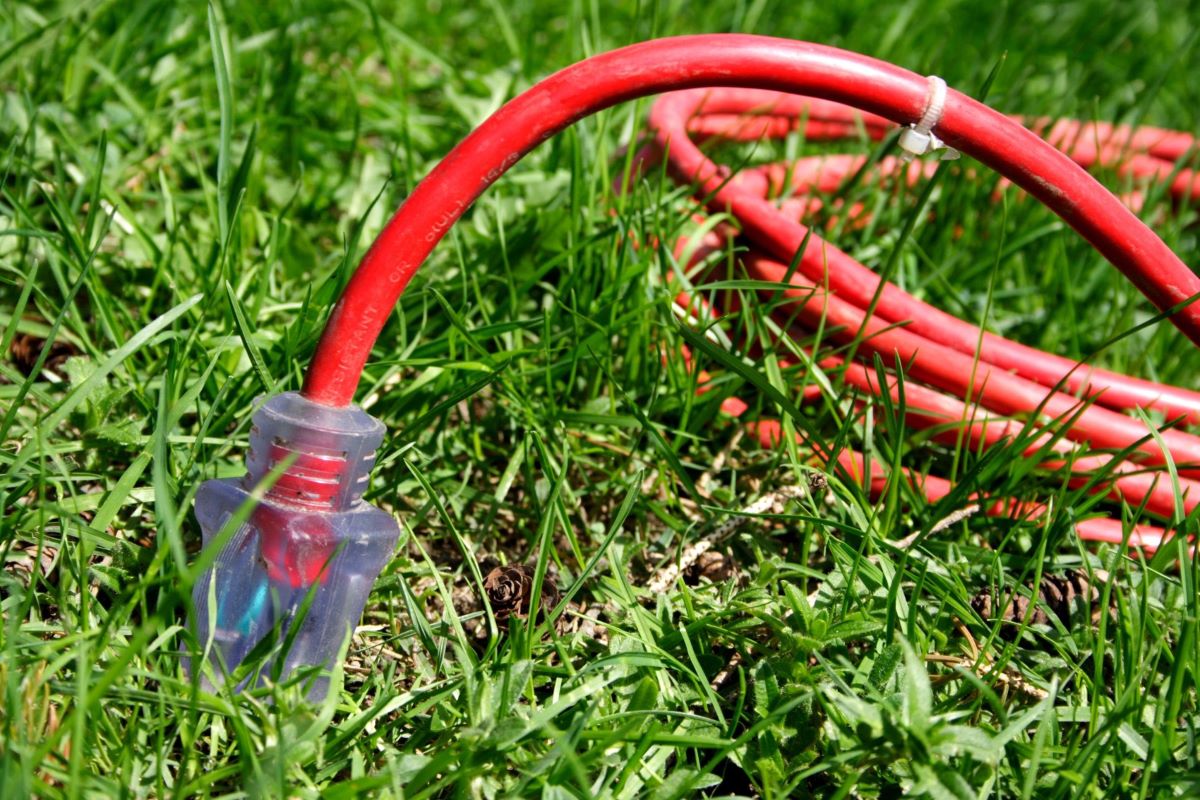
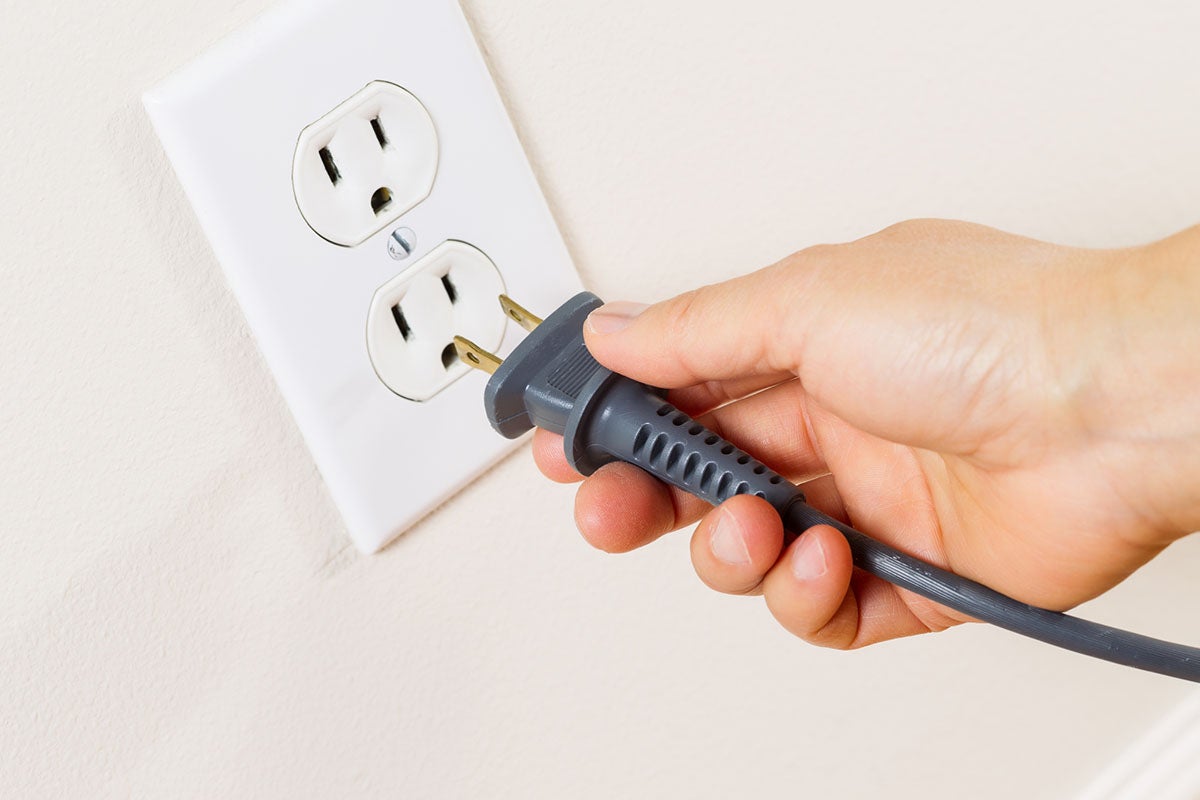
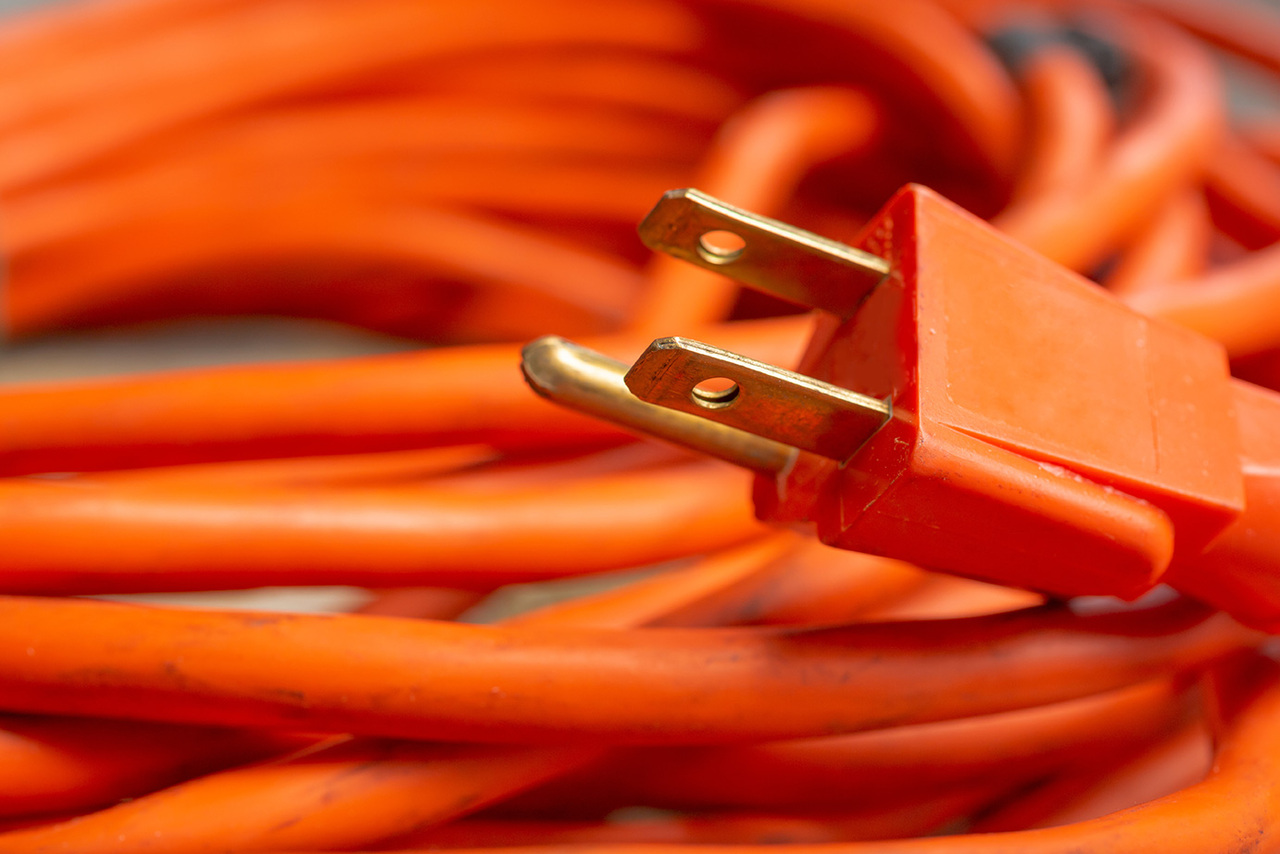
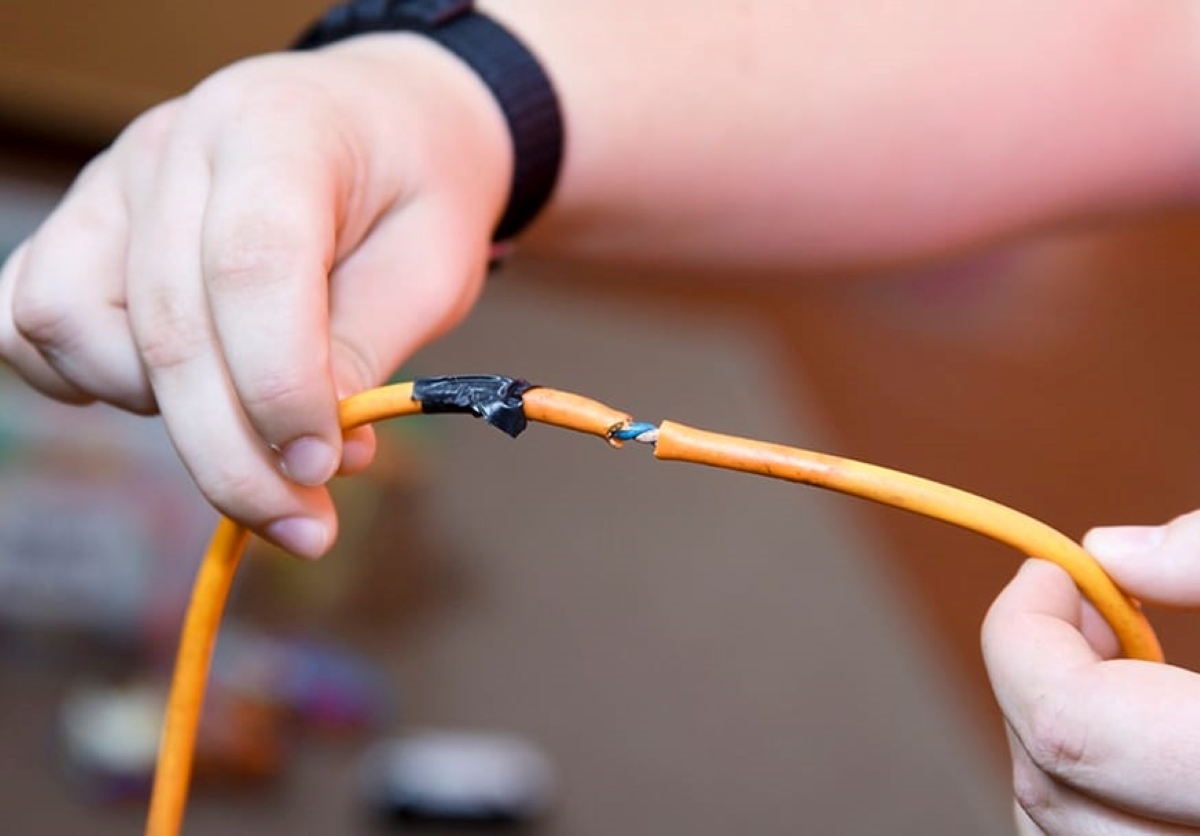
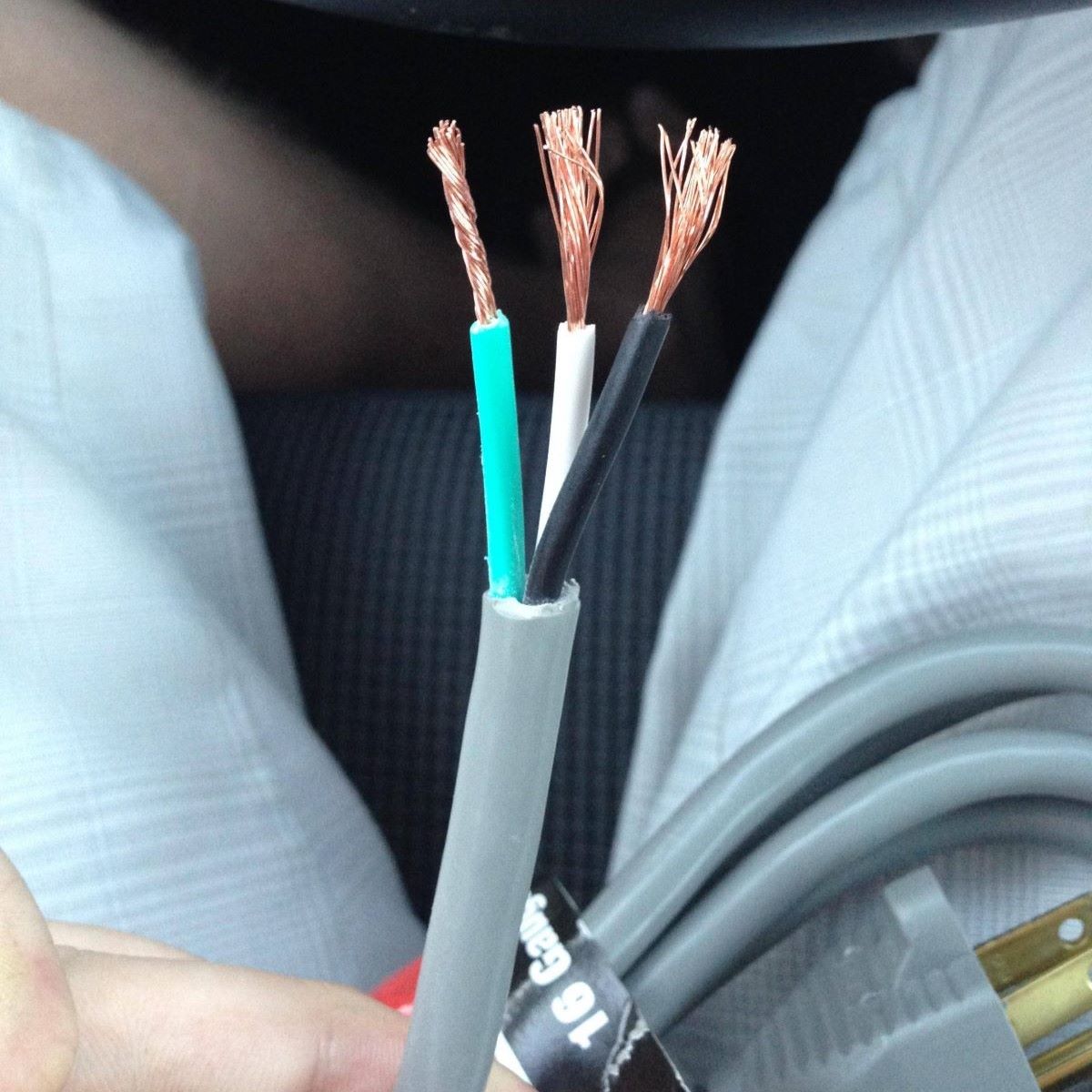
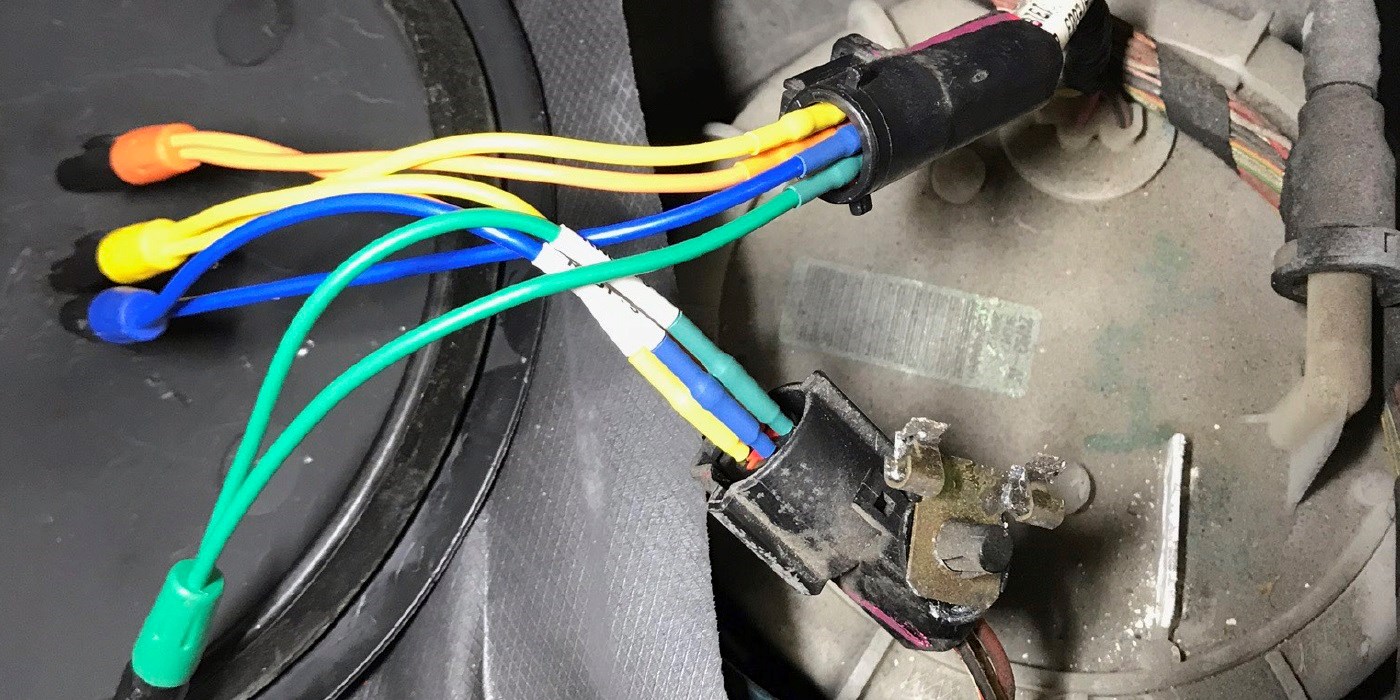
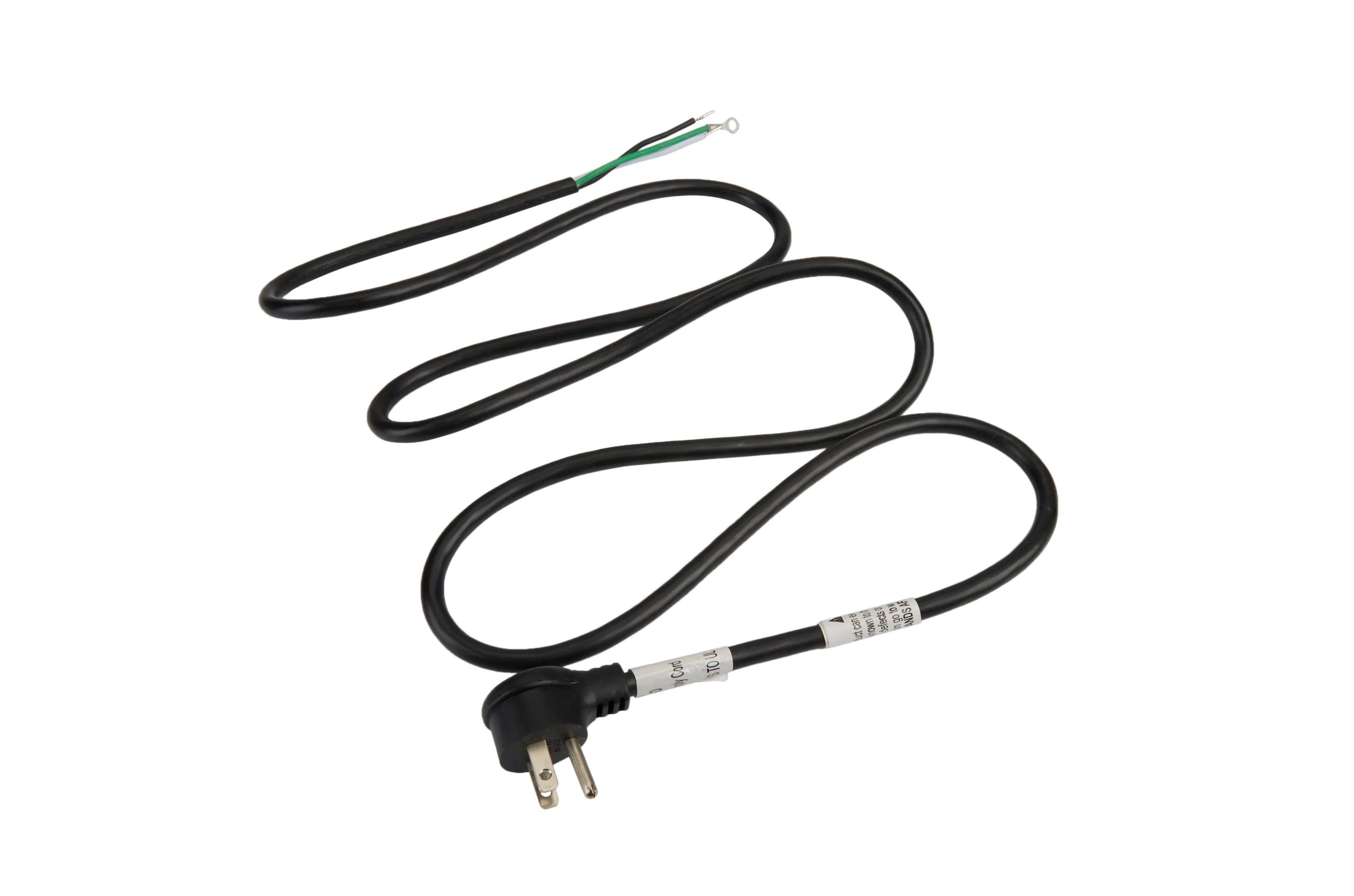
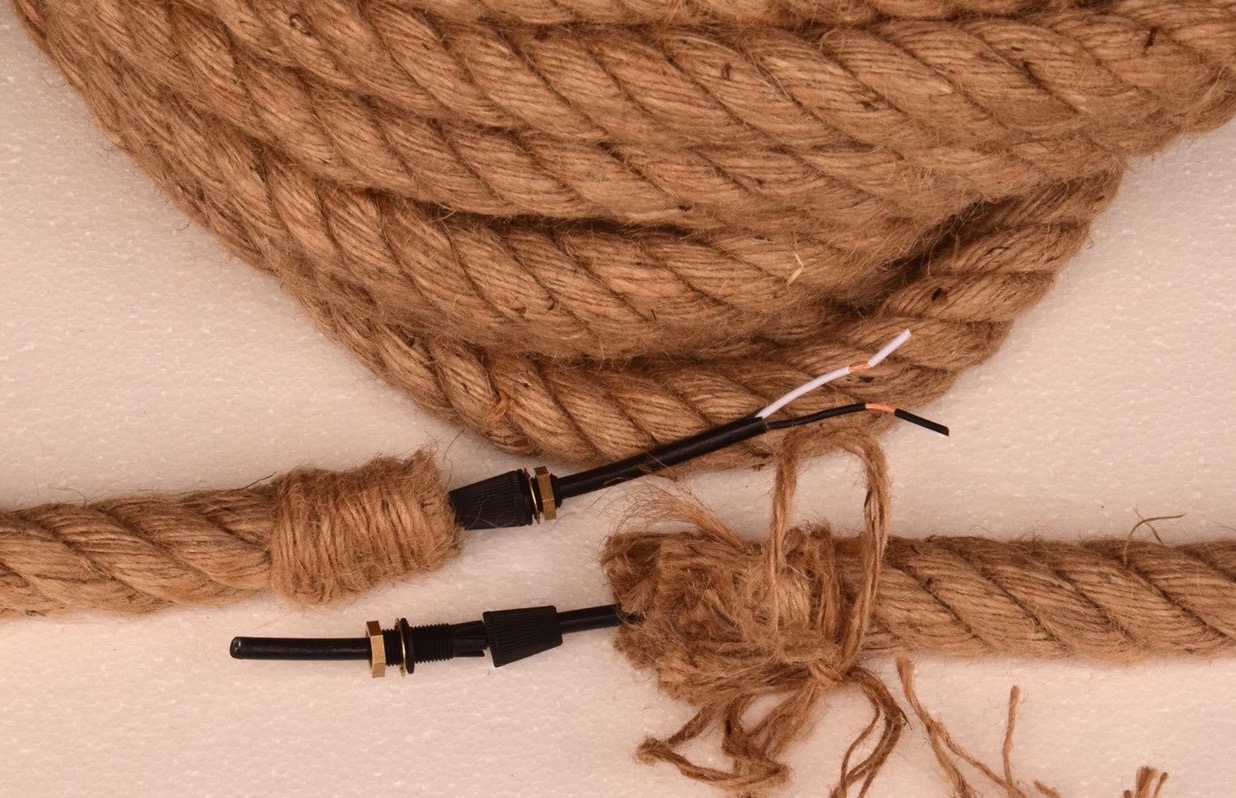
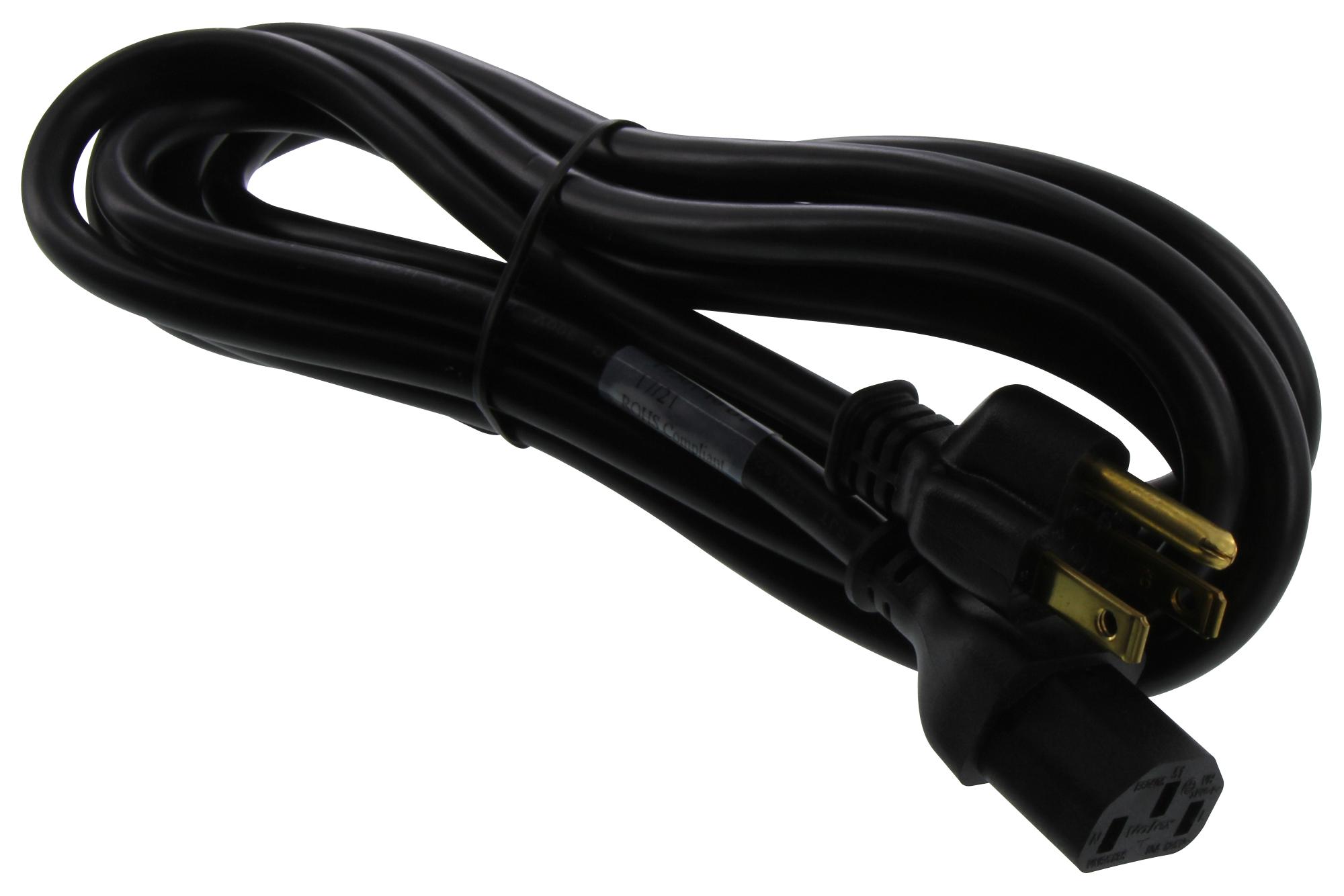
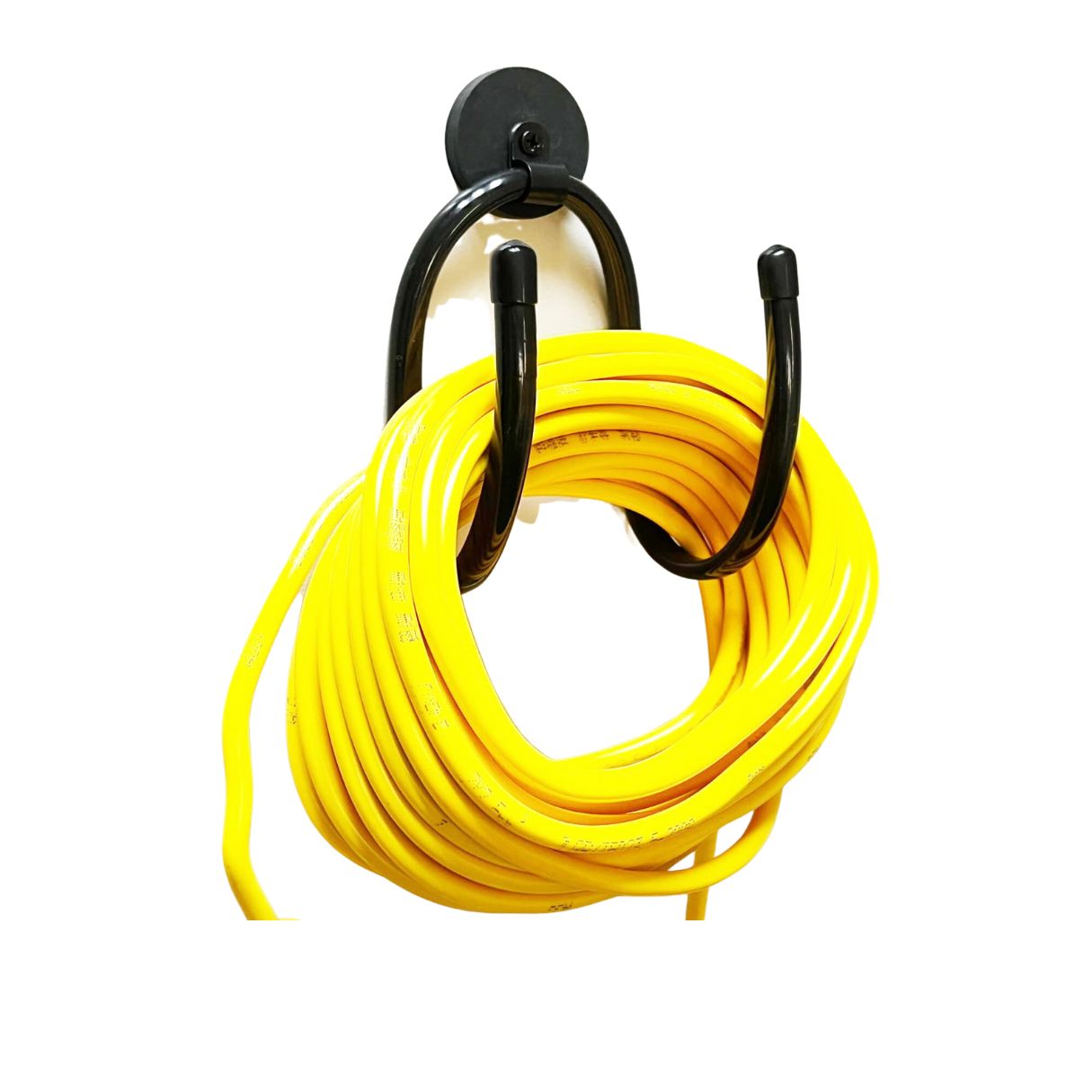
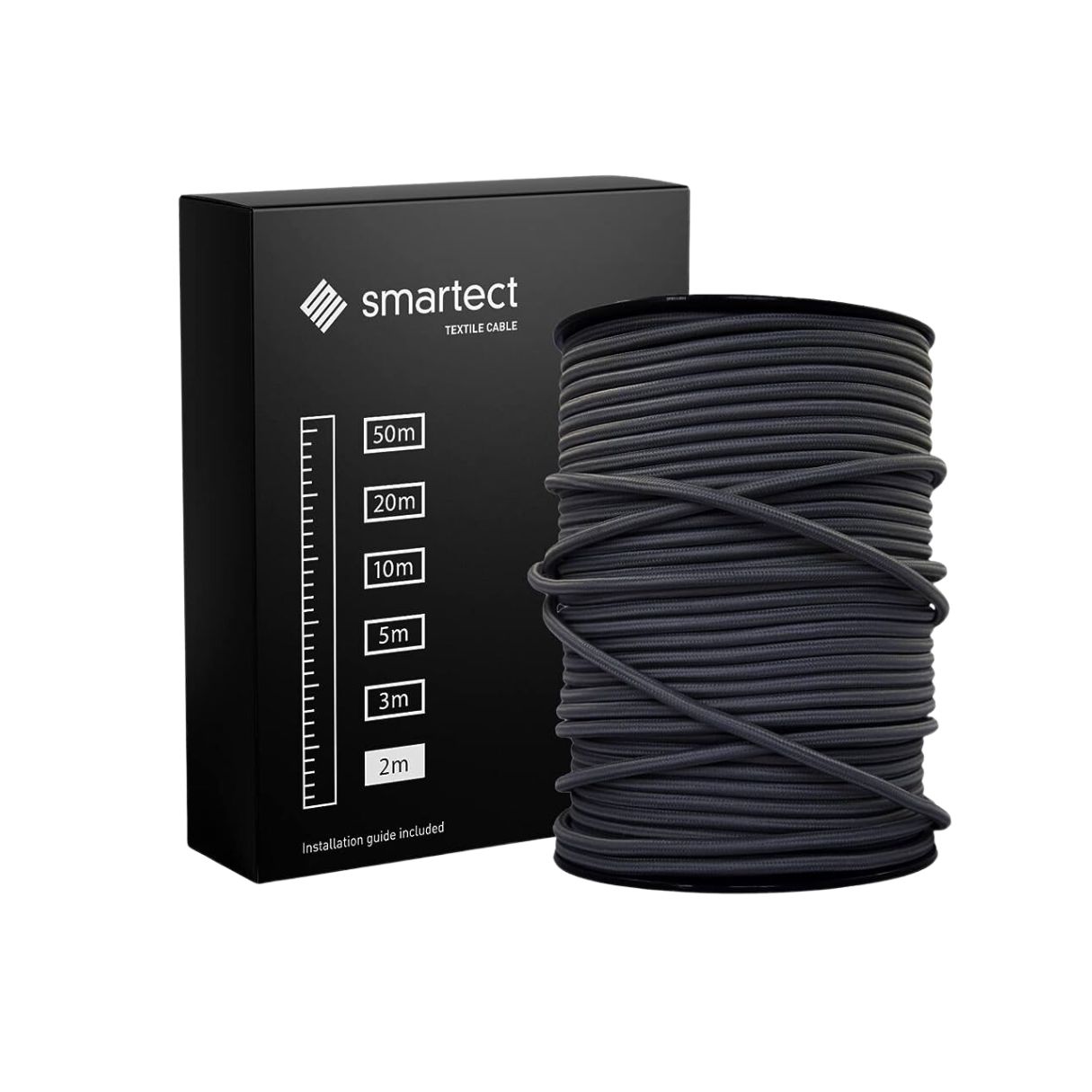

0 thoughts on “What Is The Best Way To Roll/Fold An Electrical Cord”